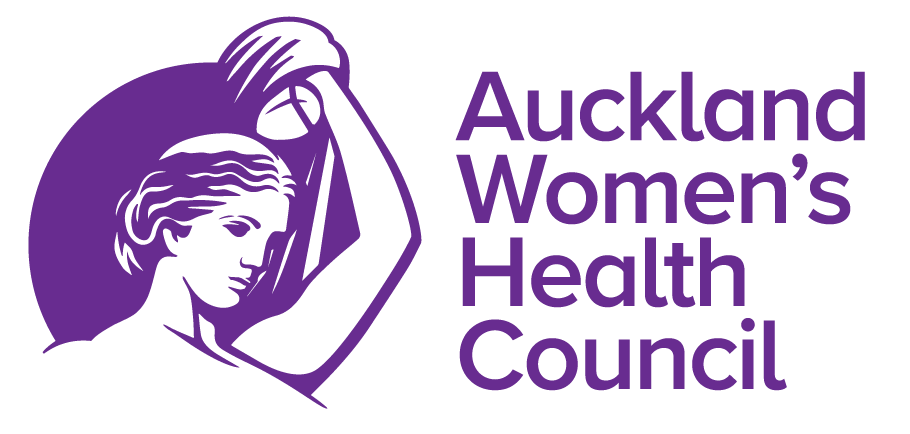The Cartwright Papers: Essays on the Cervical Cancer Inquiry of 1987- 88
Edited by Joanna Manning
Published in December 2009, The Cartwright Papers examines in considerable detail the legacy of the Cartwright Inquiry. Edited by Prof. Joanna Manning this very readable book contains articles and essays on the Inquiry itself, what happened after the Cartwright Report was published and a rebuttal of attempts by Linda Bryder to rewrite history in the book she published in August 2009.
The Cartwright Papers is divided into three parts. Some of the most powerful essays are those in Part One, written by some of the key participants in the Cartwright Inquiry. “A Never-ending Story” is Clare Matheson’s personal and very moving account of her experience at National Women’s Hospital, her part in the Inquiry and the impact it had on her life over the following 21 years. She writes: “What happened there so long ago remains part of my life today, and I doubt that it will ever go away.”
Exposing the experiment
In the first of two chapters, “Exposing the experiment” Sandra Coney reflects on what the Cartwright Inquiry meant to those involved and to New Zealand. She focuses on the question ‘Could a Cartwright Inquiry happen again’ and makes reference to Linda Bryder’s interpretation of events.
Ron Jones refers to the frailty of the human condition in his essay “The 1984 Article: The Invasive potential of carcinoma in situ of the cervix.” He writes: “To those of us who lived through it, there is no good explanation why, against all available evidence, Herbert Green gained consent for his study in 1966; or why that study was not stopped when the first cancers occurred, or when Dennis Bonham became aware of Bill McIndoe’s data at the time of the 1975 Working Party, or when our 1984 paper had been published.” He provides a fascinating account from the perspective of someone who was working in the hospital during the latter part of Green’s unfortunate experiment.
Charlotte Paul’s essay is entitled “The Cervical Cancer Study: science, the profession and the revisionists.” In it she presents the results of a recent follow-up study of the patients at National Women’s Hospital, highlights the efforts of Bill McIndoe, Jock McLean and Ron Jones to bring Green’s study to a halt and prevent further harm to the women, and takes issue with both Jan Corbett and Linda Bryder’s failure to address the key issue of the harm done to women.
History, Medicine & Politics
Part Two begins with a compelling essay by Barbara Brookes, a Professor in the History Department at the University of Otago and a social historian of medicine. In “The Making of a Controversy: History, Medicine and Politics” Barbara Brookes outlines the professional conventions governing the discipline of a social historian of medicine. “Good historians weigh up all the evidence from different sources, determining which are credible and which are less so,” she writes. “Whereas one would expect an academic historian to weigh and evaluate both side of the debate, Bryder has taken on the role of advocate for Herbert Green.”
Medicine in Context
In the next chapter “Medicine in Context” Charlotte Paul provides a thorough and carefully written analysis of the scientific evidence presented to the Cartwright Inquiry and the further evidence on the outcomes for the women in Green’s study, which was published in the 2000s. Responding to Linda Bryder’s arguments, Charlotte Paul describes the fundamental errors that Bryder has made and concludes that she has clearly misunderstood the scientific evidence.
The Unfortunate History
Sandra Coney’s second essay “The Unfortunate History” is based on an article she wrote for Metro magazine that was published in October 2009. Like Charlotte Paul she describes Linda Bryder’s use of selective and incomplete quotes, and refers to Linda Bryder’s failure to interview any of the key participants in the Inquiry.
There are three essays in Part Three. The first essay is by then Health and Disability Commissioner, Ron Paterson, and Joanna Manning and focuses on the New Zealand Code of Consumers’ Rights. The second essay “Could It Happen Again” is by Jan Crosthwaite. She poses and answers three questions – could unethical research or treatment innovations be approved by our ethical review bodies, could unethical research or treatment bypass the ethical review process, and could the actuality of research or innovative treatment deviate from the protocols approved? She concludes that the likelihood is extremely low.
An international perspective
The final chapter by Alastair Campbell, Voo Teck Chuan and Jacqueline Chin is entitled “An international perspective.” Alastair Campbell appeared as an expert witness at the Inquiry and subsequently wrote a report on the Inquiry in Bioethics. This essay describes international examples of how the principles of ethical research have been breached, and puts the integrity of the individuals involved under the microscope rather the systems that seek to control it. The authors “then consider the ways in which the principles set out in the Cartwright Report are under threat from research projects carried out in the developing world by developed world researchers and by major multinational companies.”
At the time of publication of The Cartwright Papers the book was a welcome and much needed addition to the rehashing of events that took place at National Women’s Hospital in the 1960s and 70s and the impact the Cartwright Report had on the health system over the following two decades. The book remains a valuable addition to discussion on the Cartwright Inquiry and it’s impact on the health sector in New Zealand.
